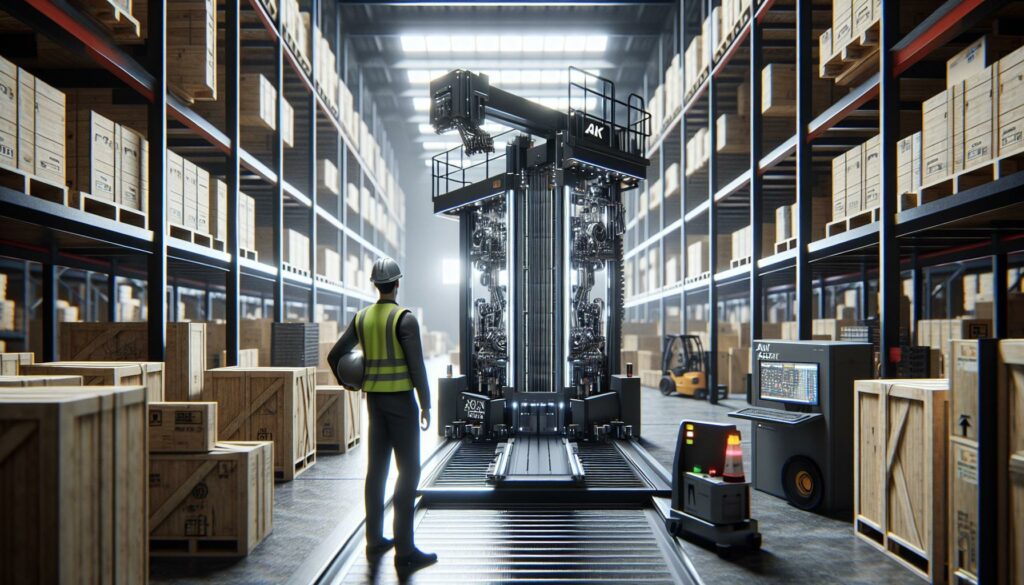A lawn care business depends on using the right tools to keep yards looking tidy and neat. Choosing the best equipment not only affects how well a job is done but also how much time and effort goes into each project. Selecting the right lawn sweeper can make the work faster and leave lawns with a cleaner finish.
Lawn sweepers pick up leaves, twigs, and other debris that can collect on grass, making them key for any business focused on lawn appearance. Learning more about the use and care of a quality lawn sweeper helps lawn care professionals get better results, keep equipment lasting longer, and work more efficiently.
Brush-to-Wheel Ratio for Effective Leaf Pickup
The brush-to-wheel ratio is important when choosing a lawn sweeper for a lawn care business. This ratio tells how many times the brushes spin for every turn of the wheel. A higher brush-to-wheel ratio means the brushes sweep more often, which helps pick up more leaves and debris.
Many experts suggest that a ratio of 5:1 or higher is better for collecting waste. With this higher ratio, the brushes move faster than the wheels, so they can grab more material as the sweeper rolls over the lawn.
A low brush-to-wheel ratio may not collect as much in a single pass. This could lead to extra work. Looking at this ratio helps workers save time and energy during jobs, making leaf pickup more efficient and productive.
Checking the brush-to-wheel ratio can make choosing the right lawn sweeper easier and help businesses get better results for their customers.
Hopper Capacity to Reduce Frequent Emptying
Hopper capacity is one of the first things to check when picking out a lawn sweeper. A larger hopper can hold more leaves and debris, so it does not need to be emptied as often. This is helpful for those working on big lawns or yards.
For large areas, models with up to 25 cubic feet of capacity can make each job go faster. When the hopper is full, it can be heavy. That’s why many of the bigger hoppers come with a dump feature that lets people empty them with less effort.
Choosing a sweeper with a higher hopper capacity saves time and reduces the need for frequent stops. This allows the team to handle more properties in less time and can reduce fatigue from lifting heavy loads again and again.
Adjustable Brush Height for Different Lawn Conditions
Adjustable brush height is an important feature when picking a lawn sweeper. This allows the user to set the brush level to match the type and length of grass.
When the brush is set lower, it gathers small debris better but may be harder to push. A higher setting works best for taller grass or bigger leaves.

The ability to change the brush height helps the sweeper deal with a range of lawn conditions. For most jobs, the brush should be set similar to the height of the lawn, or just below it. According to one guide, the right brush setting can help pick up small and large debris pieces.
Having this adjustability makes it simpler to keep lawns looking clean and well-kept in different seasons and types of grass.
Sweeping Path Width to Match Lawn Size
The width of the lawn sweeper’s path plays a big role in how much ground it can cover at once. Smaller models, with paths around 14 inches, work well for yards with tight spaces or many obstacles. These are easy to move around flower beds or trees.
For large lawns, a sweeper with a wider path, such as 52 inches, can help finish the job more quickly. This means fewer passes and less time spent collecting debris. Many options are available between these sizes for medium-sized properties.
Choosing the right path width means looking at the size of the areas that need cleaning. Sweeping a small yard with a large machine might be harder because of tight corners. For wide, open lawns, a wider sweeper saves effort and time.
It is helpful to match the path width to the size and layout of the lawn for better results.
Durability of Frame and Wheels for Heavy Use
A strong frame helps a lawn sweeper last longer, especially when used often for business purposes. Frames built with metal parts tend to resist damage from bumps, rough ground, and weather. This means less worry about the frame bending or breaking after many jobs.
Wheels play a key role when sweeping large or uneven lawns. Larger wheels provide better stability and make it easier to move across bumpy or soft ground. Wheels made from solid materials are less likely to wear down quickly.
Frames that handle regular use and wheels designed for tough conditions can save money and time on repairs. Paying attention to these parts can reduce how often a lawn sweeper needs replacement. A strong design gives more dependable performance during busy work seasons.
Conclusion
Selecting a lawn sweeper for a lawn care business means paying attention to yard size, weight, sweeping width, and sweeper capacity. Each factor plays a part in how easy the sweeper is to use and how much debris it can collect.
Features like adjustability, build quality, and user-friendly controls also matter. Comparing these points helps match the tool to the job and budget.
By focusing on these areas, businesses can find a lawn sweeper that fits their needs and makes yard work simpler.



